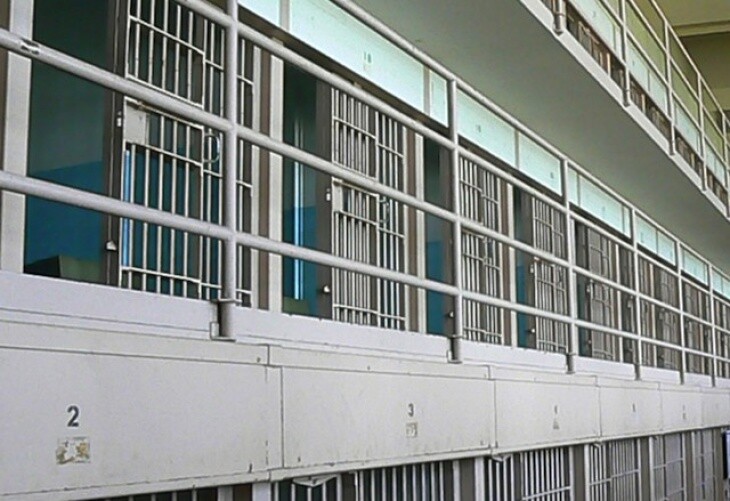L.A. County Commits to $30 Million in New Funding for Jail Diversion Programs

LOS ANGELES (CNS) - The Los Angeles County Board of Supervisors voted today to find $30 million to expand jail diversion programs -- possibly using funds previously set aside for repairs at Men's Central Jail or raising proceeds from the sale of now-closed probation camps.
In addition to a motion calling for the expansion of the Office of Diversion and Reentry, Supervisors Mark Ridley-Thomas and Sheila Kuehl also co-authored a proposal to set aside a reserve fund for a separate Alternatives to Incarceration initiative. The motion did not establish a specific funding goal for the ATI initiative.
Ridley-Thomas called the motions "a reflection of our values guiding the way on measures that will lead to the outcomes that we desire and that the public deserves -- safer, healthier and more resilient communities.''
To date, ODR has diverted more than 5,000 individuals, the majority with serious clinical needs, from a path that would otherwise lead to jail, according to Ridley-Thomas.
In addition to providing alternatives to a jail term, ODR connects individuals coming out of jail with services, including physical and behavioral health care, legal and employment assistance, family reunification and educational opportunities. Participants, many of whom struggle with mental illness, work with case managers who have had their own experience with the justice system.
ODR Director Peter Espinoza told the board that roughly 2,000 people are in ongoing community-based programs under ODR supervision. The $30 million in funding comes with a commitment to divert at least 500 more people from county jails over the next year. Money will also be spent on expanding community resources, including interim and permanent supportive housing.
Without the new one-time funding, ODR was facing a "fiscal cliff,'' according to the motion. The board, which approved deep across-the-board cuts to the 2020-21 fiscal year budget last week, asked county CEO Sachi Hamai to consider a variety of funding sources, including selling closed probation camps, redirecting funds set aside for maintenance at Men's Central Jail and reallocating state funding under Assembly Bill 109.
"This motion represents an important milestone in the county's commitment to building a 'care first, jails last' justice system,'' Kuehl said.
"Not only does it commit to ensuring that the Office of Diversion and Reentry, which has become a national model for diversion, is adequately funded, it recognizes that the sources of those funds may well come from funding the county had previously invested in incarceration.''
The board also called for a plan on how to scale diversion programs.
"Experience and research both show that the investment the Board of Supervisors has made in the Office of Diversion and Reentry was sound,'' Espinoza said. "Through supportive housing and other services and a range of partnerships, we've been able to safely remove thousands of people from jail to care and keep thousands more from ever going back. With new resources we can take our work to the next level and make it so no one should have to try to get well in a cell.''
With the second motion, the board directed the CEO to report back in 45 days with a detailed proposal for an ATI reserve fund without setting a goal for the size of the reserve.
The ATI working group report -- presented to the board in March -- found troubling racial disparities in terms of who gets incarcerated, including a finding that Black residents make up 29% of the jail population despite being 9% percent of the county population. The report includes more than 100 recommendations for implementing "care first'' policies.




